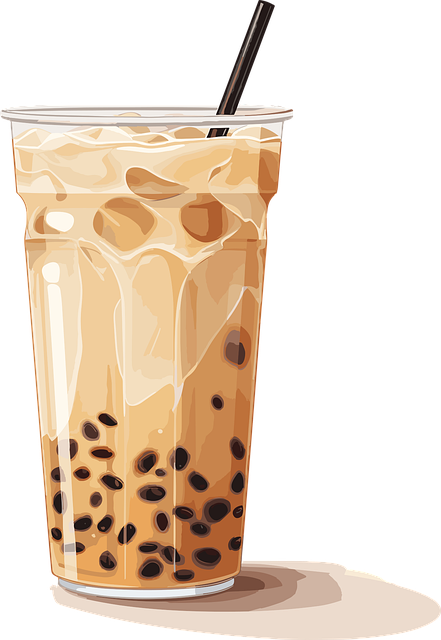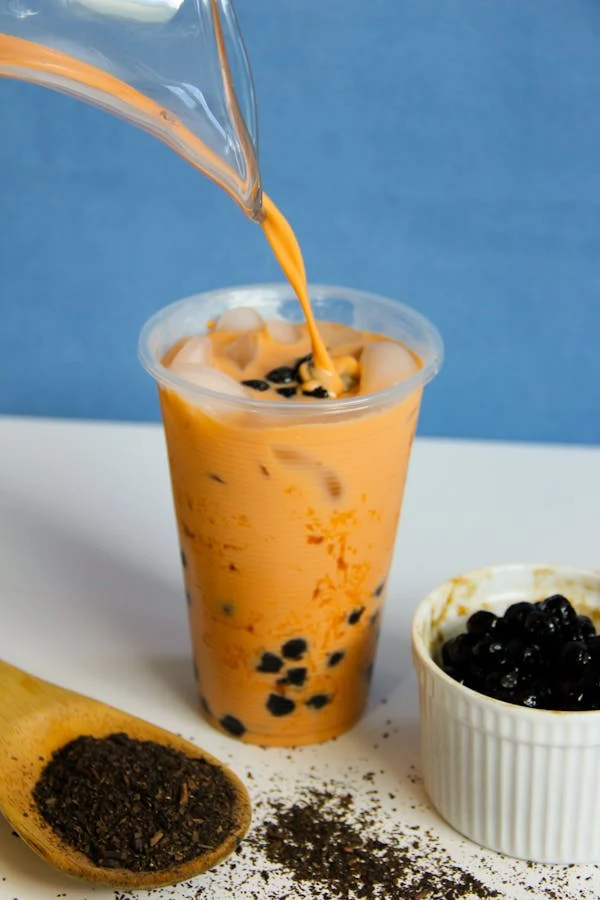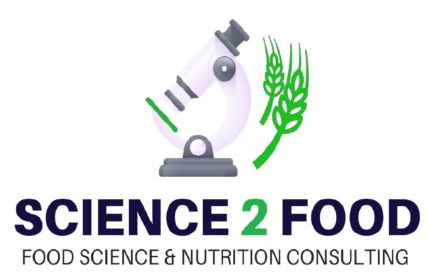Have you heard of bubble tea?
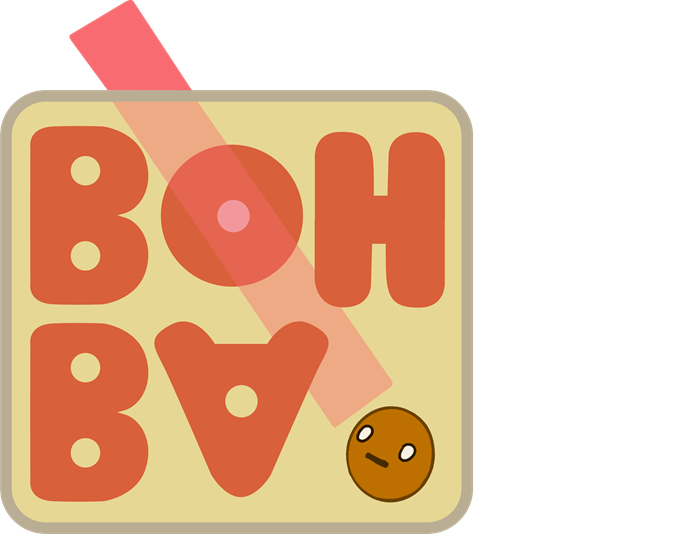
These are drinks often sold in takeaway stores or supermarkets that are characterized by pearls suspended in cream-colored or even garish colored liquids. This beverage has been originally imported from Taiwan. This is where it was developed in its current form around 1980. Bubble Tea spread in the United States and throughout the Asian and Western world. It is very popular in mainland China and particularly in Hong Kong, Japan, Singapore, Australia, and the western part of the United States, especially California.
It is a very popular drink among teenagers and young adults. According to recent studies, the global Bubble Tea market was $2.4 billion in 2022 and could reach $4.3 billion in 2027.
Classic Bubble Tea consists of tapioca pearls suspended in tea and sugar syrup and, often, milk. Tapioca pearls are made with tapioca flour (cassava starch) and made into a paste with water. This dough is rolled into rolls that are cut into pieces to make pearls that are cooked in a sugar syrup. This boiling step gives them a crispy texture on the outside and chewy on the inside.
As you can imagine, this is a very sweet and caloric product, about 350 Kcal for a 300 ml cup. This provides more than 55 g of sugars in the serving, which is even more than a well-known can of soda.
Some governments, including Singapore, have created health alerts among the younger population to warn people against excessive consumption.
For this reason, there are many variants (especially in the United States) of this product with healthier proposals from a nutritional point of view. A first solution is to replace tapioca pearls with other pearls that do not contain starch and are supposed to be lower in calories.
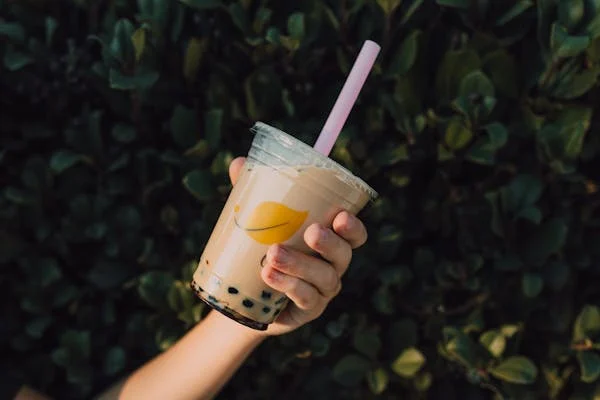
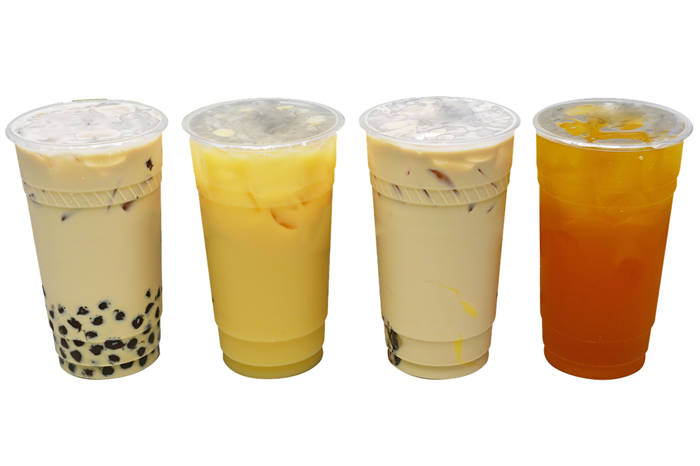
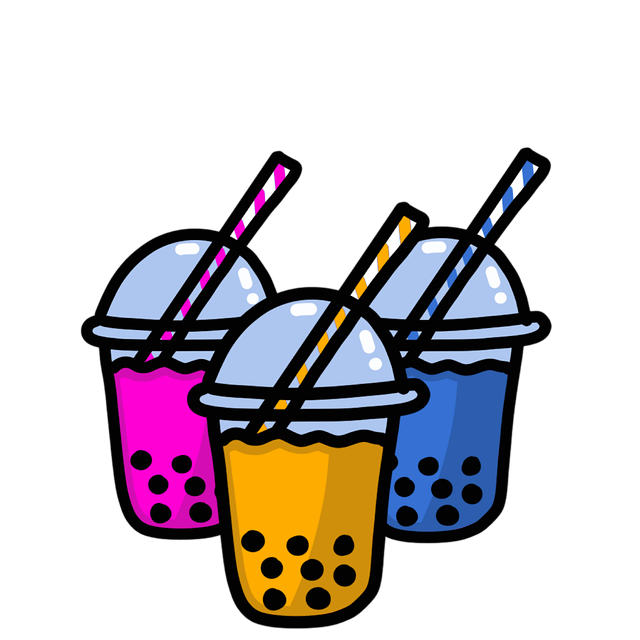
Above all, we are talking about gums such as alginates, konjac, agar-agar from algae or terrestrial plants. In addition, in some cases, collagen beads are offered. This type of Bubble Tea is also called Boba Tea (Boba, a reference to the spherical shape of the pearls coming from a Taiwanese slang word). The interest, for example, is that 100g of alginate beads represent only 5 Kcal/100g while tapioca pearls represent 360 Kcal per 100 g.
Another very popular version is made of fruit pearls; these are the Popping Boba. These fruit pearls, which are widely sold online, are made up of fruit juices or extracts, sugar, and gums as well as colors. They can be lower in calories than tapioca depending on their formula.
Other, even more plant based versions use the properties of Chia seed to create puffy mini beads in the drink.
Milk tea can also be replaced by plant-based drinks (almond milk, taro, soy). We also see variants with fruit juices, even reduced-calorie drinks, or vegetable juices (kiwi juice, vegetable juice). But purists will always tell you that nothing can replace the taste and texture of tapioca ball drinks. In short, a rather rich universe, in every sense of the word and especially quite playful that I did not expect to deepen without the participation of Science 2 Food in a project with a young company Bubz Boba present in France and the United States. The head of the company is a very active person full of ideas who is constantly trying to improve her product. More information about the company can be found on social media.
